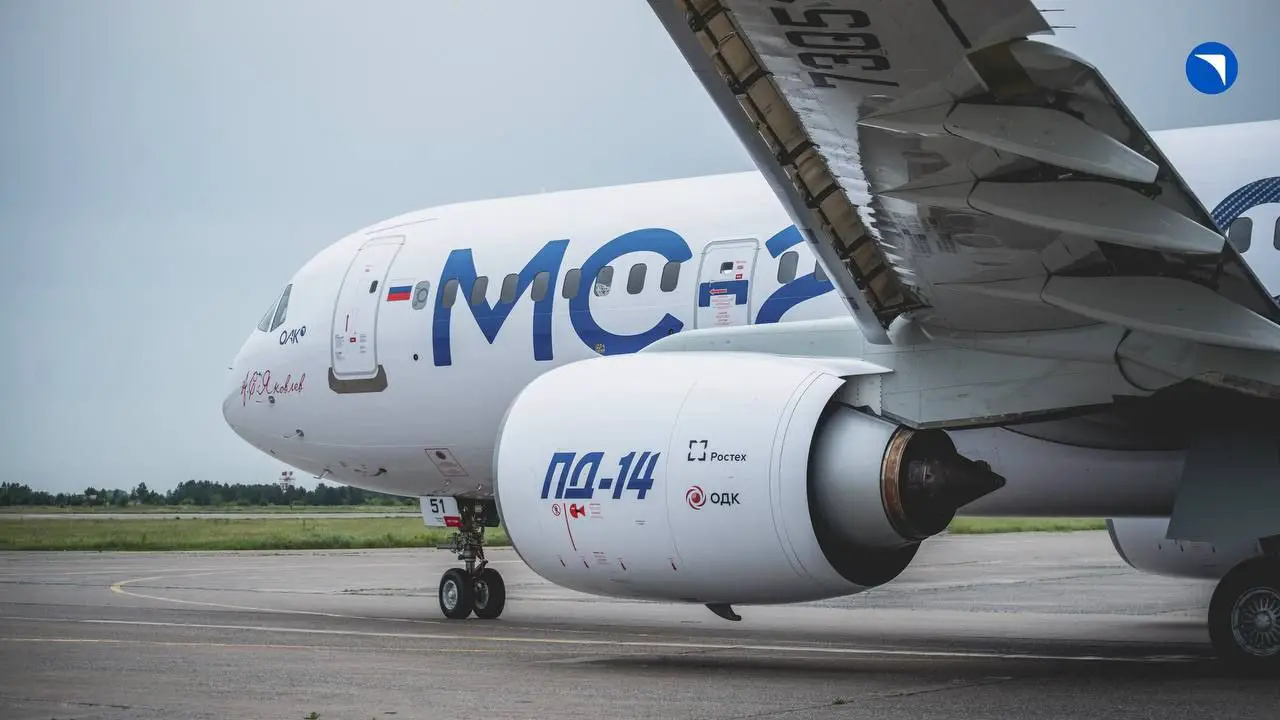The PD-14 engine’s main advanced manufacturing technologies—superplastic forming and diffusion welding—represent substantial innovations in Russian aircraft engine production, particularly in the context of their domestic application in a commercial passenger engine. To contrast these processes with the methodologies of prominent Western engine manufacturers, including Rolls-Royce, General Electric (GE), Pratt & Whitney (P&W), and CFM International, it is possible to investigate the methods by which these manufacturers address comparable metallurgical and manufacturing challenges, particularly in the fabrication of blades and components.
The PD-14 uses the diffusion welding process, which involves joining titanium sheets at high temperatures and pressures without melting them. This process produces strong, dependable connections that are essential for hollow wide-chord fan blades. This method enhances fuel efficiency and fan performance by reducing weight through the development of porous structures. The first domestic application of this technology in passenger engine production in Russia is diffusion welding, specifically for titanium components and fan blade fabrication, which represents a significant step forward for Russian aviation.
On the other hand, Rolls-Royce, GE, P&W, and CFM have been utilizing diffusion bonding, a closely related process, for decades. Manufacturing hollow titanium fan and compressor blades that optimize weight and aerodynamic efficiency is contingent upon this technology. For hollow titanium fan blades and compressor blades, Rolls-Royce implements sophisticated diffusion bonding. In the same vein, GE and CFM employ diffusion bonding or brazing techniques to manufacture hollow titanium fan blades that enhance aerodynamic efficacy and reduce weight. Diffusion bonding is also used by Pratt & Whitney in important parts, allowing them to make complex shapes while keeping the strength of the material intact. Western manufacturers have established and refined diffusion welding and bonding in their production for an extended period.
The other critical technology in the PD-14 is superplastic forming, which enables the creation of intricate, hollow blade profiles from titanium sheets without compromising material strength. This technology facilitates the creation of aerodynamic profiles that would be challenging to achieve through conventional forging or machining alone, thereby enhancing performance and further reducing weight.
Superplastic forming is also frequently employed by Western manufacturers to shape titanium and nickel-alloy components with complex geometries. GE employs superplastic forming to create intricate turbine blade and disk components with sophisticated aerodynamic designs and thinner walls. Rolls-Royce uses superplastic formation to manufacture complex casing components and hollow titanium fan blades. Pratt & Whitney produces hollow fan blade assemblies by combining superplastic forming with diffusion bonding. By utilizing the shared technologies of GE and Safran, CFM International implements comparable metal-forming techniques to optimize blade efficiency and minimize weight.
The Russian aviation industry has achieved a major feat with the PD-14’s implementation of superplastic forming and diffusion welding. However, these processes have been a part of advanced engine manufacturing in the West for a long time. For decades, Rolls-Royce, GE, P&W, and CFM have been integrating these metallurgical technologies to produce hollow, lightweight, and durable fan and compressor blades that offer substantial fuel efficiency improvements.
The fundamental distinction is in the domestic implementation and the timeline. PD-14’s importance and uniqueness stem from the fact that these key technologies have been successfully developed and used entirely in Russia for the first time in a passenger engine. This development enhances the nation’s technological independence and expedites the process of establishing self-sufficient production capabilities. In contrast, Western manufacturers have integrated these fabrication techniques as part of their continuous development. They persist in pushing the boundaries of technology by introducing innovations such as geared turbofan designs, ceramic matrix composites, and composite fan blades, which are designed to achieve even greater efficiency increases.
In addition to diffusion welding and superplastic forming, Western manufacturers heavily rely on advanced materials such as single-crystal superalloys, composites, and ceramic matrix composites, as well as additive manufacturing and sophisticated coatings, to enhance engine performance, durability, and emissions. The PD-14 project’s development of more than twenty novel materials and coatings is indicative of a concerted effort to regain ground in this critical aspect of engine design and longevity.
In summary, the manufacturing sophistication of the PD-14 aligns with the global industry standards set by Rolls-Royce, GE, Pratt & Whitney, and CFM because of the use of diffusion welding and superplastic forming technologies. The successful integration and domestic development of these internationally recognized technologies in the PD-14 demonstrate Russia’s growing ability to independently produce modern, fuel-efficient engines. This milestone is a significant contribution to Russia’s technological sovereignty in the aviation sector and represents a strategic step toward technological parity with prominent Western engine manufacturers.
Official Website of Youtube Channel – Altitude Addicts
